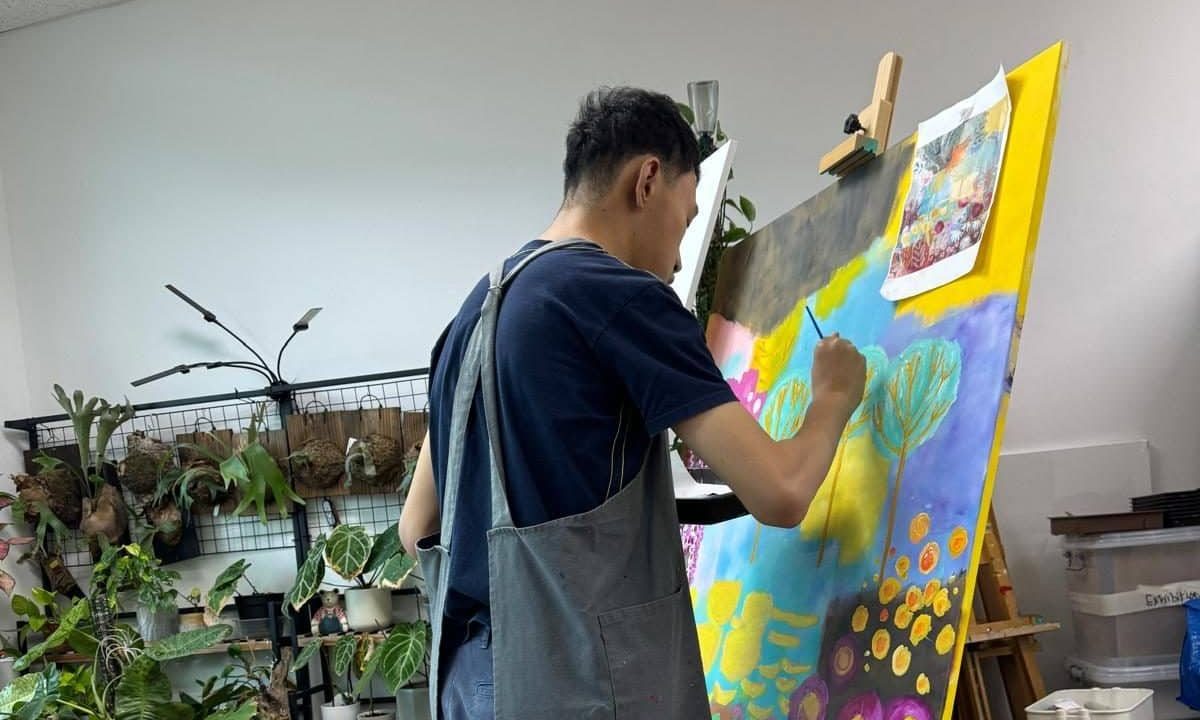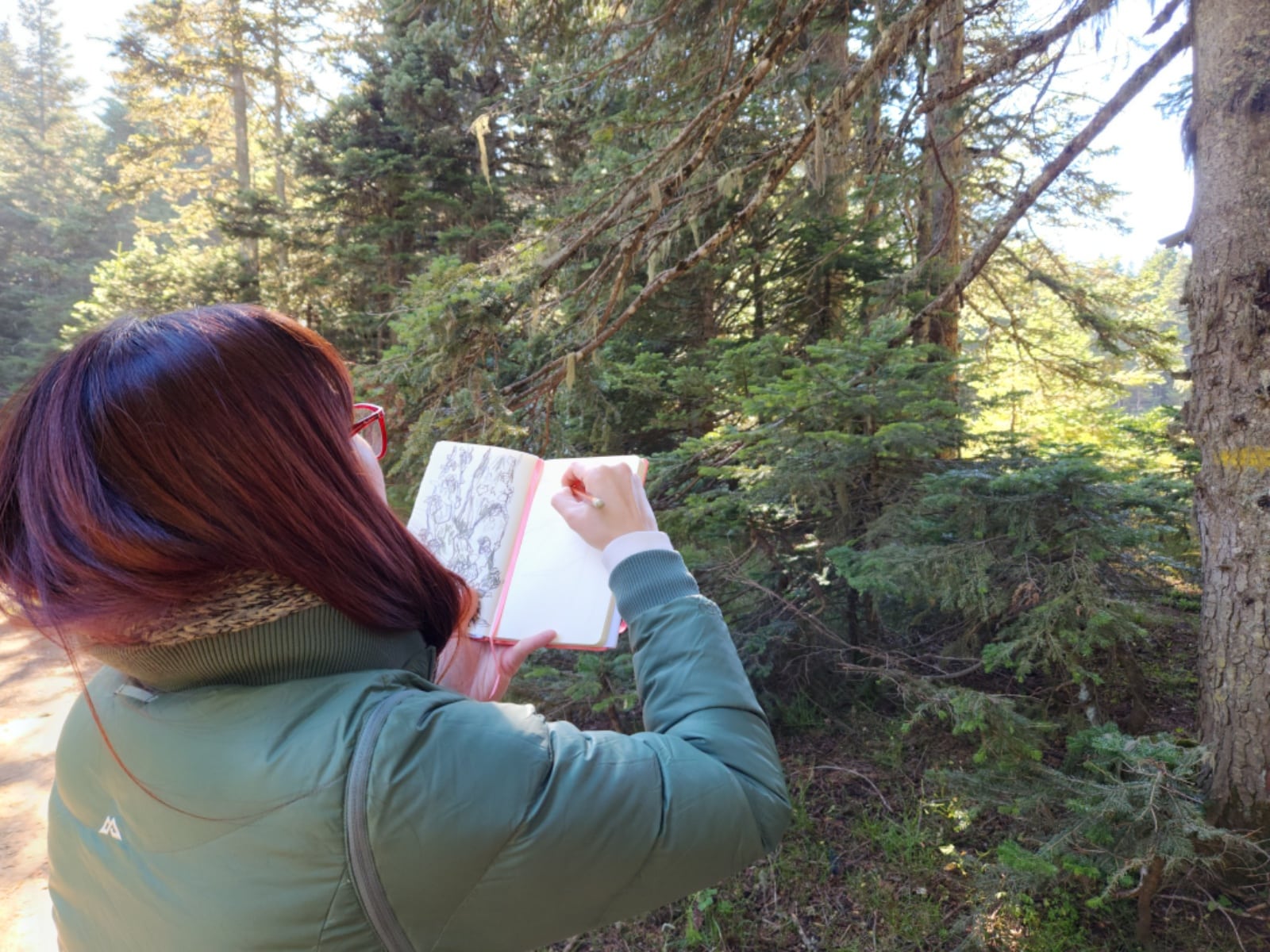“God values art”: A seasoned artist on the Kingdom role Christian artists play
by Levan Wee // June 18, 2024, 11:34 am
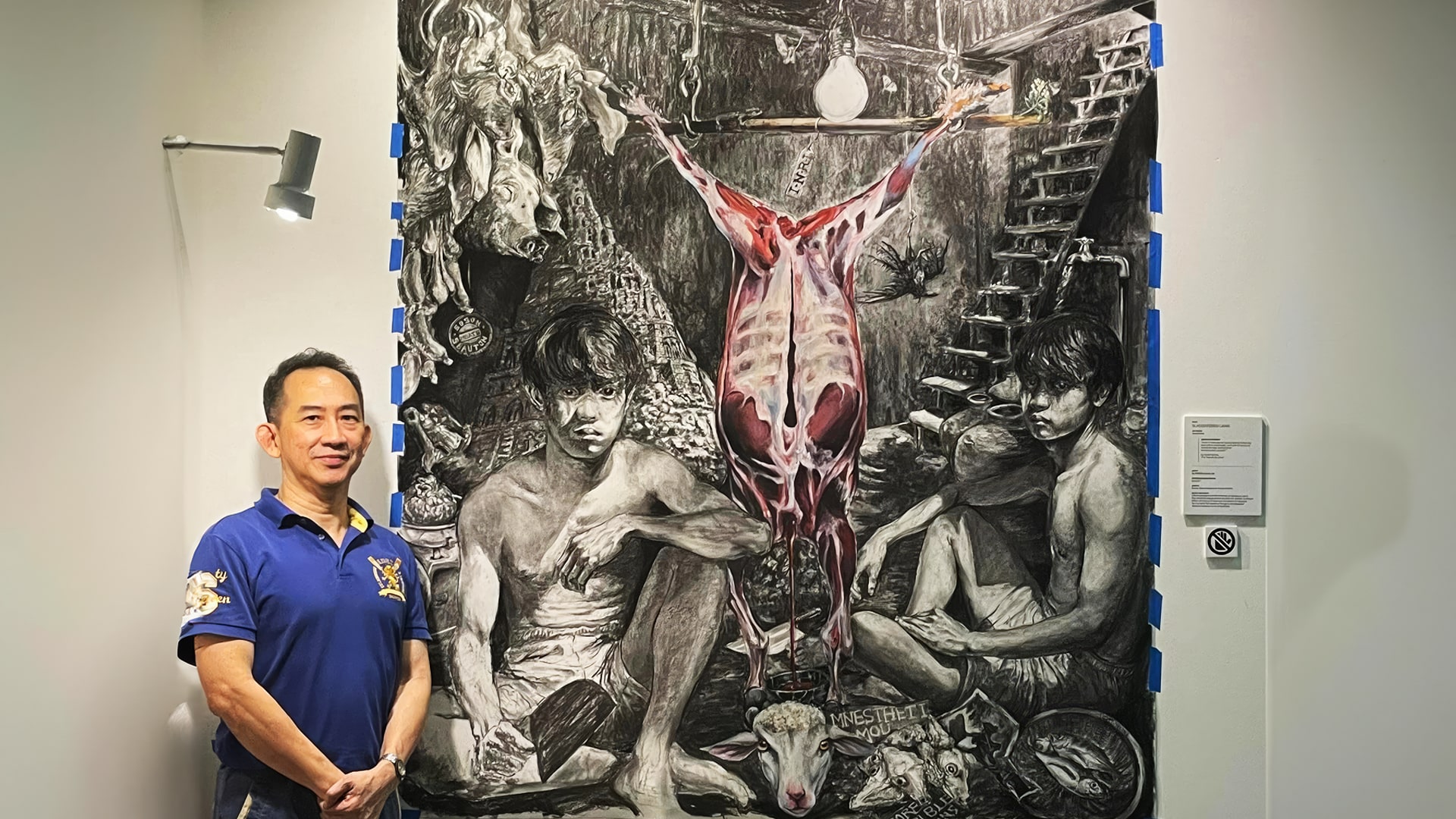
Clifford Chua, a lifelong educator and artist, invites Christian artists to explore the intersections of faith and culture as they seek fresh approaches to glorify God. Photos courtesy of Clifford Chua unless otherwise stated.
In mainstream social circles, fine art is seldom held up to the same esteem as, say, doctors or lawyers.
But does God Himself value art and those who create it? By extension, what role can artists play in His Kingdom?
To explore these questions, we spoke with Clifford Chua, a seasoned educator, artist, and the current Academy Principal at the Singapore Teachers’ Academy for the Arts (STAR).
Specifically, he shared personal lessons from his own artistic journey with the hope of encouraging other Christian artists today to fully embrace their Kingdom roles, devoting their talents to glorifying God in bold new ways.
A clash of two worlds?
Now 57, Clifford’s passion for art was first ignited during his teen years, flourishing alongside his newfound faith as a Christian. Thanks to God’s open doors, he later secured a scholarship to study fine art at the University of Canterbury in New Zealand.
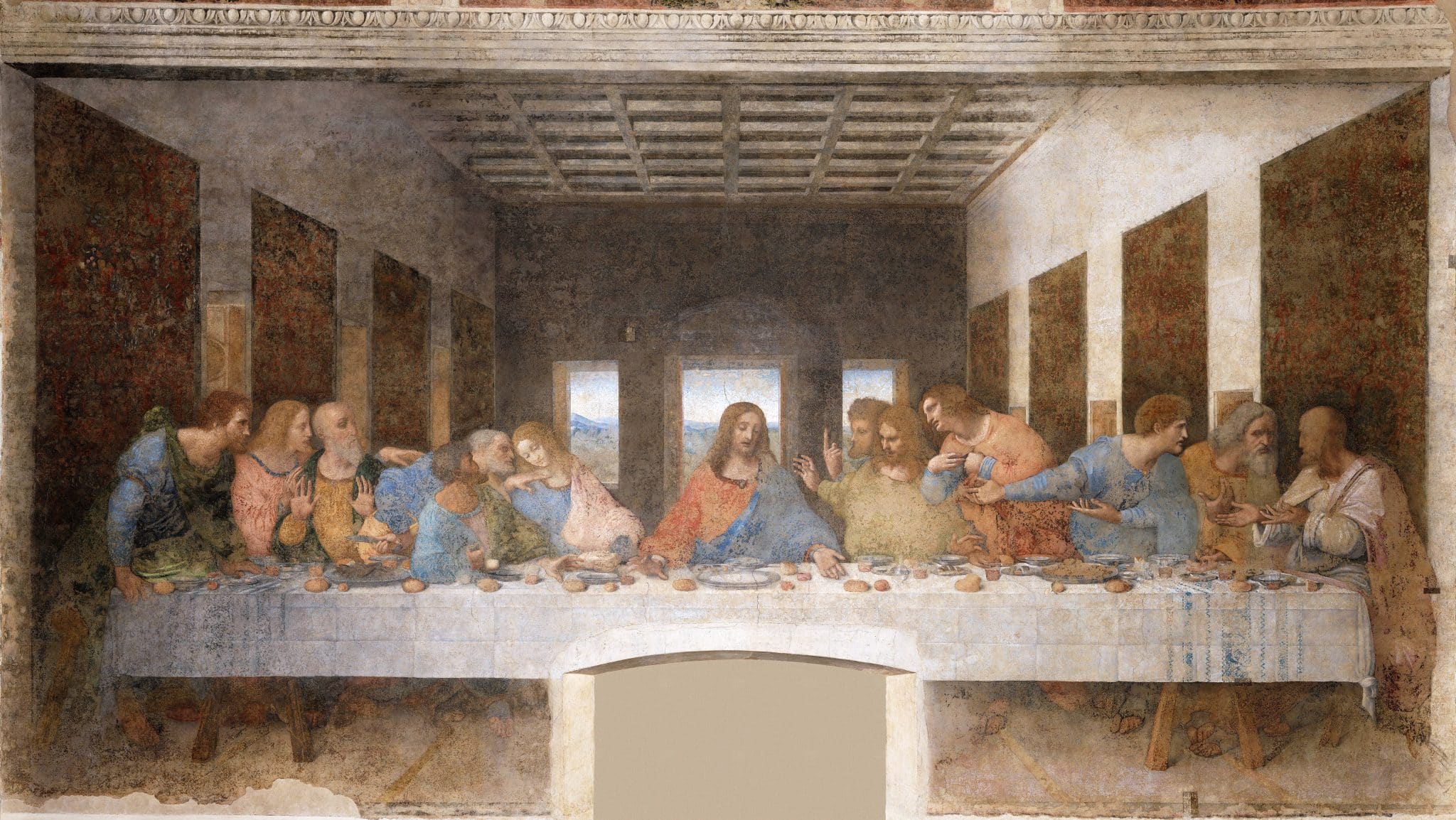
“I was in awe!”: As a teen, Clifford spent hours at the National Library, falling in love with the classic works featured in art history books, such as Leonardo da Vinci’s The Last Supper.
In New Zealand, Clifford focussed on honing his artistic technique while enriching his understanding of art philosophy and history. His faith also deepened, nurtured by a loving and active church community.
“I learned a lot from Christians around me,” Clifford reflected. “I saw how they cared for me and one another, and really tried to honour God.”
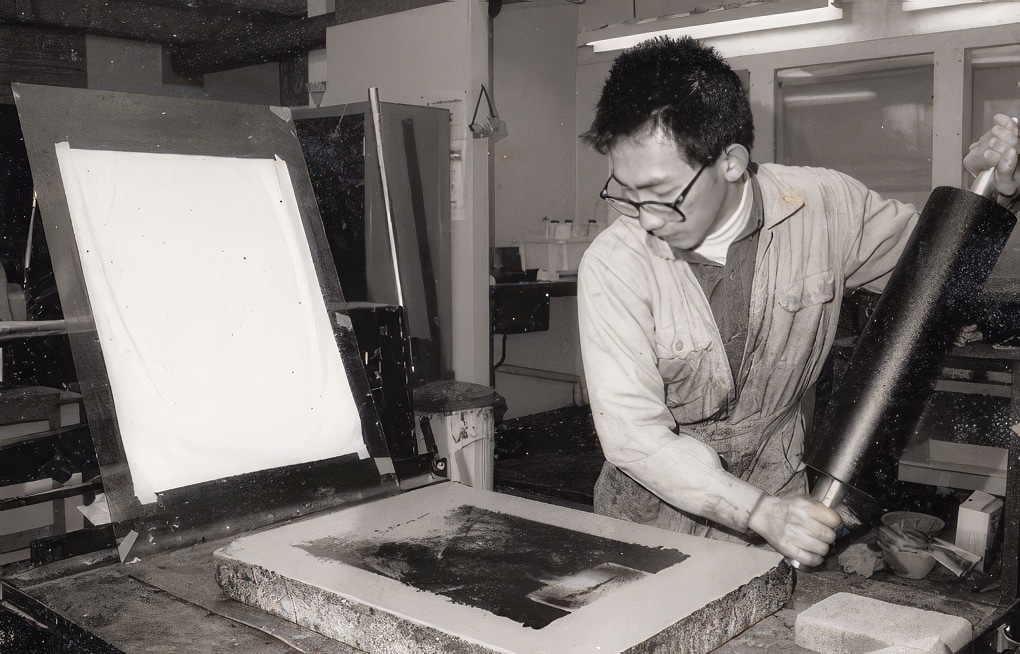
Clifford printing off a lithography stone as he prepared for his university graduation show.
However, in his third year, Clifford’s two passions – fine art and faith – began to clash existentially. As a Christian, he struggled to find the true Kingdom value and purpose of his art.
“I questioned why I was spending so much time doodling on pieces of paper when the world needed to hear the Gospel,” Clifford shared. “I thought I should be investing my life in things that actually mattered, like helping the poor.”
Conflicted, Clifford turned to God. “I asked Him, ‘Why am I here? What’s the point? How does my art even contribute to Your Kingdom?'”
Why art matters to God
At his lowest moment, Clifford thought about giving up his scholarship and returning home. But a major turning point soon unfolded.
“My church elder gave me a book called Modern Art and the Death of a Culture by Hans Rookmaaker, who was both an art historian and Christian theologian.”
Rookmaaker stated that in the face of increasing cultural nihilism – the belief that life lacks any inherent truth or meaning – Christian artists should respond by boldly expressing God’s timeless Truth through their works.
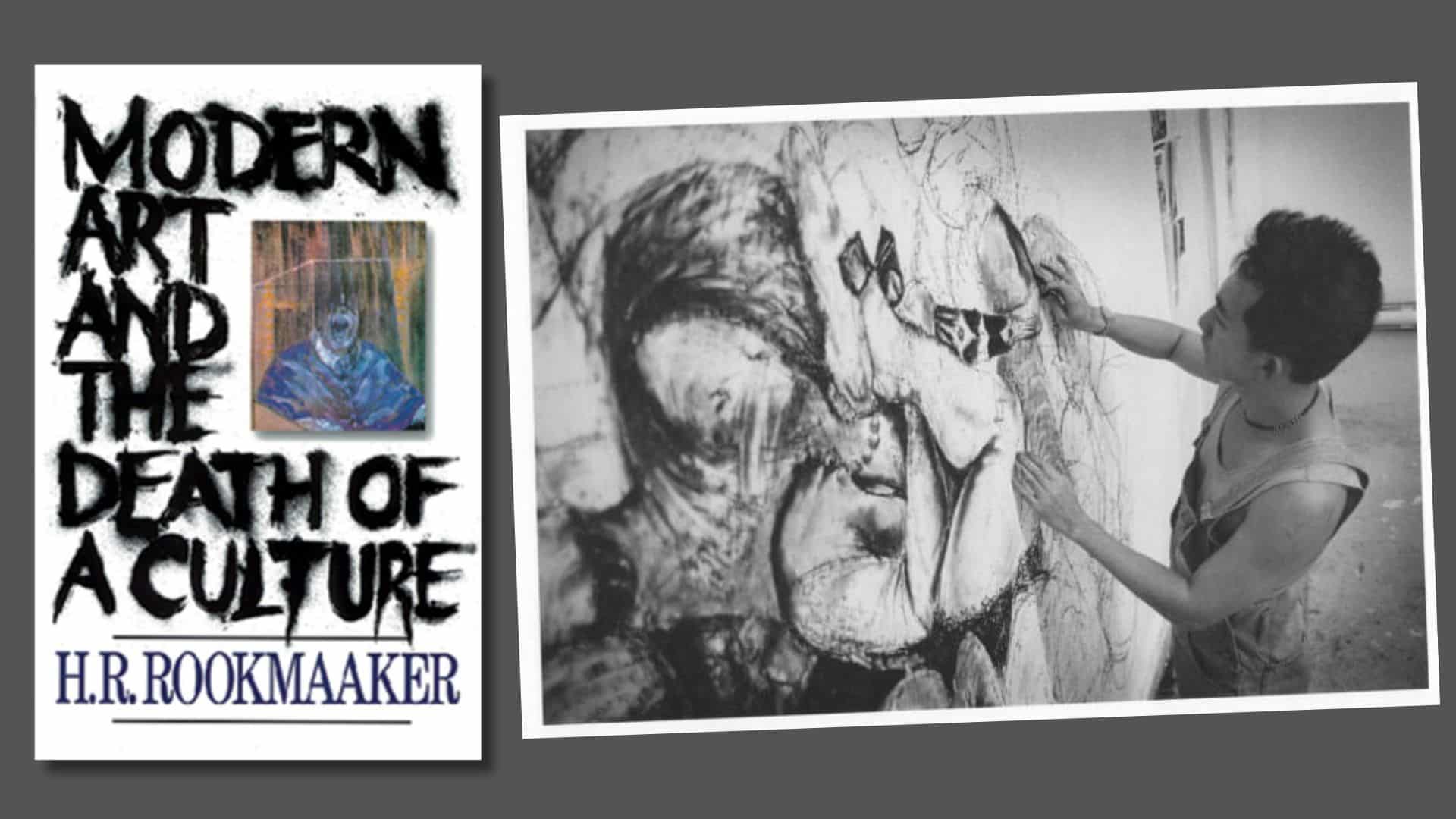
Rookmaaker’s book, along with the works of other thinkers, helped change Clifford’s views on the true Kingdom value of art.
Clifford recalled: “The book changed my life because I started to see how art can play a significant part in God’s plan for humanity.”
His shifting view on the true Kingdom value of art was further solidified by other Christian theologians, such as Francis Schaeffer, who famously stated: “A Christian should use these arts to the glory of God, not just as tracts, mind you, but as things of beauty to the praise of God.”
These revelations led Clifford to embrace three key truths that he hopes will encourage other Christian artists today to boldly dedicate their gifts and talents to honouring God through their work.
1. The gift of creating
“As I read the Bible, I realised we are creators by nature because we’re made in the image of God, our Creator,” said Clifford, referencing Genesis 1:27.
But how does this change the way we value our ability to create?
“As His image bearers, we naturally create,” Clifford explained. “So, our art can be seen as a manifestation of the creative nature God has given us. He created the world from nothing (ex nihilo) and, as artists, we create from materials (ex materia), shaping them into art.”

As his world of art and faith merged, Clifford experimented with new ways to express a biblical worldview through his work, often in a disguised and unconventional manner.
To this end, Christian artists should not view their own work as any less valuable than other societal or Kingdom roles, whatever the prevalent cultural attitude is towards fine art.
Instead, artists can take delight in God’s precious gift of being creators and, through the art they produce, honour Him by reflecting His divine creativity.
“That was God’s first big revelation to me during my university days: that there’s a God-given purpose to art and the role of an artist,” said Clifford.
2. God anoints artists
Amid his discovery of God’s view on art and artists, Clifford noticed another significant truth.
“I saw how in some instances in the Bible, God actually gives His Holy Spirit to people to make works of art,” Clifford said. “It’s so amazing to think that God directly inspired certain artisans to create beautiful things that were important to Him.”
“There’s a God-given purpose to art and the role of an artist.”
One such example is the verse describing God filling Bezalel with His Spirit, empowering him with the skills “to make artistic designs for work in gold, silver, and bronze, to cut and set stones, to work in wood, and to engage in all kinds of crafts.” (Exodus 31:4-5) God also anointed Oholiab to assist with this artistic work (Exodus 31:6).
In light of this, Clifford believes Christian artists can begin to see their talents not merely as personal blessings alone, but as part of a Kingdom anointing to speak to others about God through their art, content and concepts.
“We honour God in our lives when we strive to live by His standards and dedicate ourselves to giving Him glory,” Clifford concluded.
3. God values art and beauty
Clifford also observed how God values art and beauty just as much as functionality.
He reasoned: “Why else would God create ‘every tree that is pleasant to the sight and good for food’ (Genesis 2:9, emphasis added) if their only purpose was to be functional or utilitarian?”
God’s elaborate designs for the Tabernacle and other holy items (Exodus 25-28) further illustrate this point. These designs featured colours, patterns, materials and decorative flourishes that go far beyond their basic functions.
“Beauty matters to God. It’s part of what makes His created world ‘very good’ in His assessment.”
From these and other biblical examples, Clifford discerned that beauty isn’t just a superficial ‘by the way’ quality but an essential aspect of God’s created world.
“Beauty matters to God. It’s part of what makes His created world ‘very good’ in His assessment.”
Thus, even more than a process of creation or an anointing, Clifford hopes artists will desire to create pieces that express the dynamic, awe-inspiring beauty of God and His creation, aiming to “uplift our souls until we can’t help but exclaim, ‘Wow’!”
However, Clifford clarified that what counts as beauty need not be limited to only portraying ‘pretty’ or saccharine things that “try to tell us that everything is hunky-dory”.
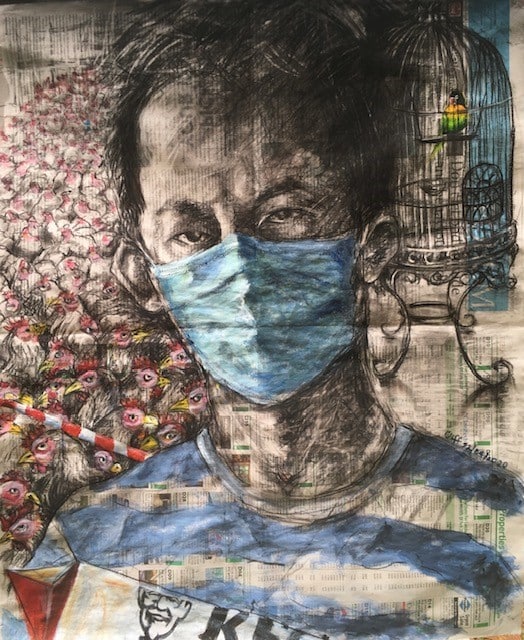
‘Self-Portrait with Surgical Mask’ by Clifford: Created during the 2020 COVID-19 lockdown, this work serves as his honest depiction of the darker, ‘unpretty’ side of social inequality.
“Saccharine art tries to tell us that everything is sweet and well – but it is not honest. Life is not always saccharine; the Bible is not saccharine.”
To this end, Clifford suggested that, while saccharine art has its place, there remains a special opportunity for Christian artists to create art that pushes beyond providing mere sentimental comfort.
“Our art must express life honestly. If Christian artists want to have anything relevant to say to this broken world, we must be honest.”
At times, this honestly means a willingness to authentically express pain and suffering, among other things, for it is amid such ‘un-prettiness’ that the true beauty of Christ’s message of hope shines with greater power and poignancy.
A call for Christian artists
So, how can Christian artists today respond to their Kingdom call in a way that celebrates God’s gift to create, honours His anointing, and glorifies His appreciation for art and beauty?
Foremostly, Clifford believes artists should begin by aspiring to live as good disciples of Christ.
“It’s important to know God intimately and understand His Word well,” advised Clifford, citing Psalm 119:9. “Before anything, we must first learn to sit under the Lordship of Christ because without that, it’s all too easy to lose sight of God and one’s mission.”
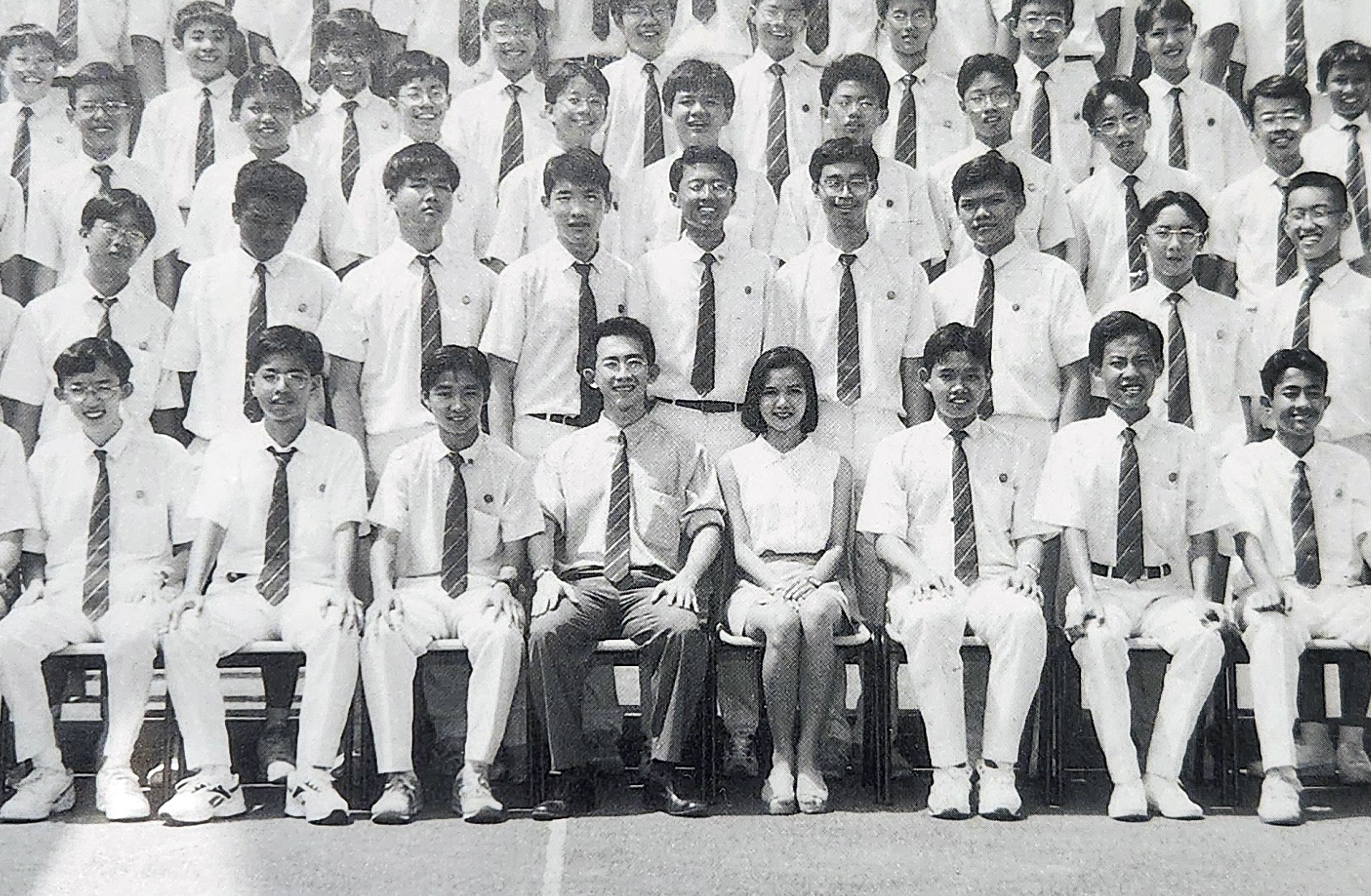
After university, Clifford answered God’s call to teach and nurture young minds. For years, he helmed Victoria School’s Art Elective Programme (AEP) – a specialised course designed to unlock the artistic potential of students.
Building on this foundation, artists can then venture forth to understand – rather than fear or isolate from – the prevalent culture or spirit of our age.
As Clifford observed: “Today, we live in a post-modernist world where every position can be taken as ‘correct’ and truth becomes relative.
“Christian artists can then examine these views through the lens of Scripture and ask, ‘Do I agree with this? If not, what can I say in response? How can I critique it?’”
“An abstract painting can be equally honouring to God as the Sistine Chapel.”
These questions can serve as the basis for their creative impetus and works, strongly rooted in a biblical worldview that does not shy away from looking at wider cultural and ideological trends.
In addition, there remains a rich opportunity for artists to explore thematic forms of glorifying God that stretch boldly beyond the overly safe and all too familiar.
“We don’t always need to make art with an overtly ‘Christian’ message. Sometimes, an abstract painting can be equally honouring to God as the Sistine Chapel – or seemingly ‘random’ arrangements of colour, line and shape can speak more to us about God and life than a nativity scene.”
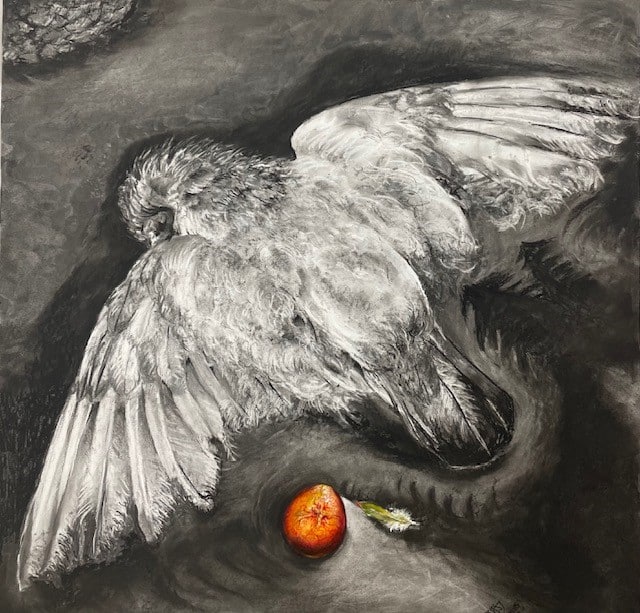
‘Hope is the thing with feathers’: A recent work by Clifford, inspired by Emily Dickinson’s poem, displayed at Prinsep Street Presbyterian Church.
Modern artists are also free to embrace exciting new mediums of art that offer a fresh tapestry of expression.
“In the past, it was mostly paintings, sculpture or architecture. But today, the creative forms available have vastly expanded – film, YouTube, TikTok, podcasts, and so much more.”
Amid these thrilling frontiers, Clifford wishes for Christian artists to engage with the honest and challenging spiritual questions that truly matter.
“How can you use these platforms to speak truthfully about your faith and the Bible’s answers to modern issues? How can you inspire hope and faith in a world so desperate for healing? And how can your art be part of the salt and light of Christ to the world?” he challenged.
Alas, there are no easy or neat answers – but perhaps that’s the best place to begin.
RELATED STORIES:
Growing up around gangsters, he now inspires others with his faith-based art
Growing up around gangsters, he now inspires others with his faith-based art
We are an independent, non-profit organisation that relies on the generosity of our readers, such as yourself, to continue serving the kingdom. Every dollar donated goes directly back into our editorial coverage.
Would you consider partnering with us in our kingdom work by supporting us financially, either as a one-off donation, or a recurring pledge?
Support Salt&Light
